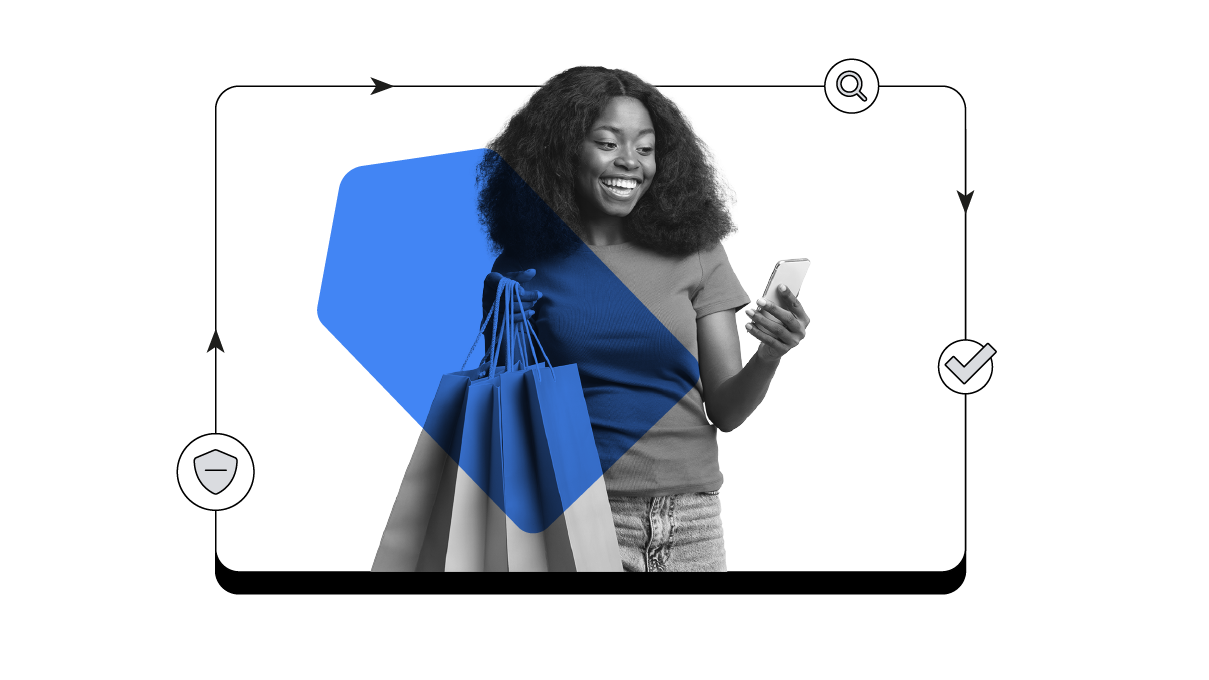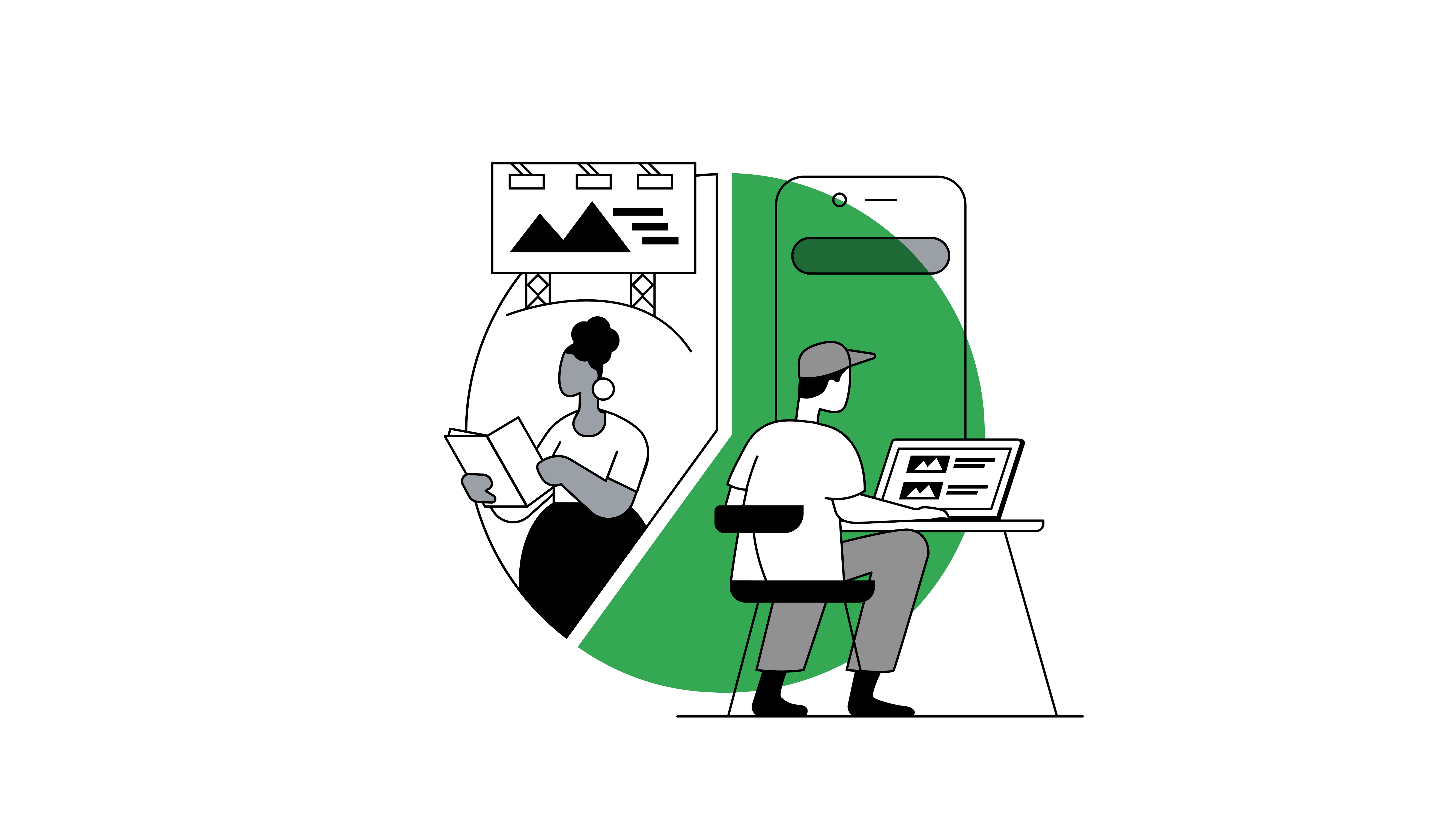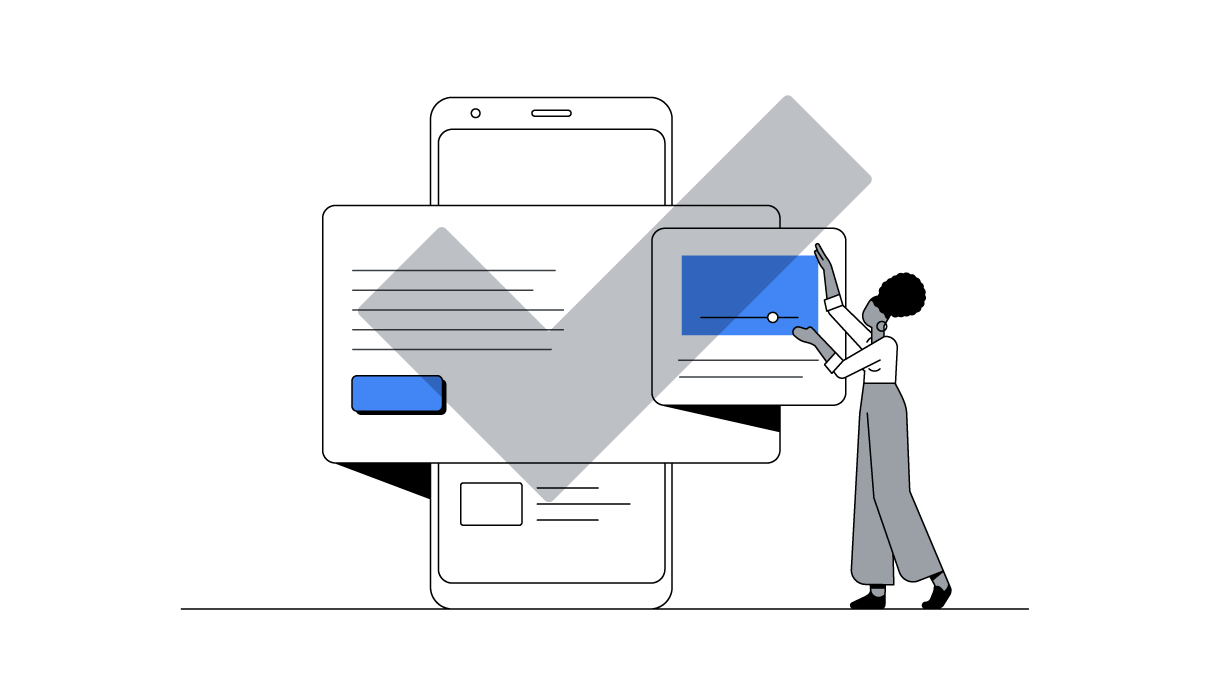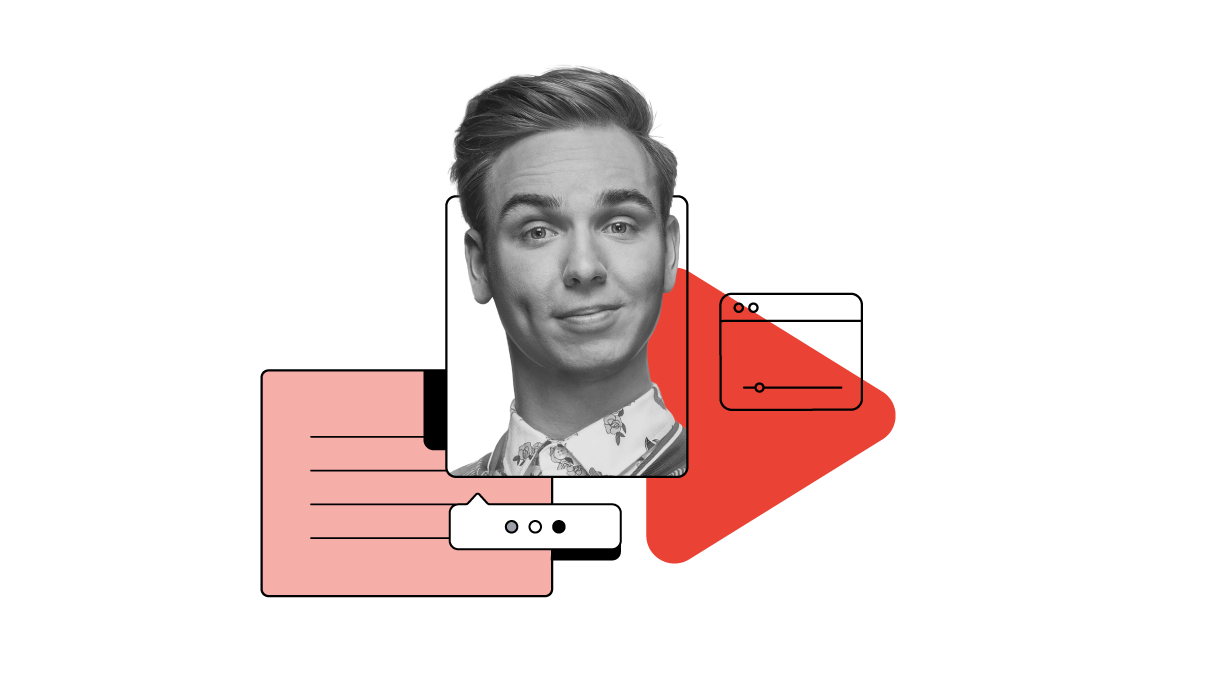One hundred years ago, when Wilhelm Hunkemöller left Germany to open a lingerie boutique in the Netherlands and sell his signature girdles, the notion of his store becoming an omnichannel leader would have probably baffled him. But Philip Mountford, who took over the Hunkemöller brand in 2009, knew it was a necessary transformation if they wanted to stay true to the brand’s customer-centric origins.
“Even I’m frightened of the modern shopper,” Mountford admits. “I’ve never seen such a radical change in the configuration of retail.” But while today’s fashion fans have an overwhelming amount of choice, Mountford believes the most important thing brands can do is stay relevant. “You need to stay a hero brand — or in our case, a ‘Shero’ brand.”
From redefining their audience to bringing their data and customer service in-house, if there’s one thing Hunkemöller has proved in the last 10 years it’s that they’re not scared of being trailblazers. We sat down with Mountford, and the brand’s Omnichannel Director, Gijs van Engelen, to find out more.
Shifting audience – and redefining brand identity
The first bold move Mountford made was to shift the age of Hunkemöller’s audience from late 30s to a younger demographic of 15 to 28. “If we wanted to be perceived as a true brand, we needed to start behaving like one — and having a clear audience is integral to that. It allowed us to define and market ourselves as a young lingerie brand, which has ultimately become the driving factor behind our digital transformation.”
But even with a clear brand identity, navigating the constantly changing digital field can be a challenge. “Today’s customers are agile and have much more control over the channels across which they operate, which means you have to take risks in terms of where you advertise. It’s not an all-knowing vision, but a case of learning on your feet.”
With an audience that grew up with social media, the lingerie brand has started to shift their advertising budget from television to social media apps. “Although the financial numbers may not look like it right now, I firmly believe social media platforms such as YouTube will soon be one of our biggest income drivers,” Mountford affirms.
Truly understanding your customers
Keen to get to know their audience better, Hunkemöller conducted research with 39,000 customers in 2010 about their future, lifestyle, work, and shopping behaviour. This enabled the brand to create a persona called “Shero”, who they discovered was looking for ease of purchase above all. As well as wanting to order products from their mobile, shoppers expressed interest in being able to select where they buy, and where they have items delivered.
With “Shero” in mind, Mountford and van Engelen came up with a strategy that wasn’t immediately lucrative, yet would deliver on their customers’ desires. “Most brands wouldn’t even consider doing something unprofitable,” concedes Mountford, “but we did it because the customer demanded it.”
What followed was a mobile app and a range of special services, including Click & Collect and Return to Store. It took the brand over two years to make a profit from these initiatives, but today’s numbers show that it was an investment worth making.
“Out of our 5 million active customers, 3.2 million have downloaded the app, and 80% of all our visitors now come through mobile — a number we predict to grow by around 5% in the next year,” says Mountford. In addition, 44% of the brand’s customers ordering online use Click & Collect, with a 32% upsell, and 41% of online returns go back to the store.
Personalising the shopping journey
These numbers also show that, in an increasingly digital world, consumers still see value in the human contact offered by physical stores. Even so, driving footfall is seen as one of the biggest challenges in fashion retail. To discover if focusing their online traffic could help them drive people to their stores, Hunkemöller harnessed Local Campaigns, running three different tests for a control base of 30 stores in Germany in 2019.
“The tests were very useful, and have given us a flavour of what can be done with Local Campaigns,” says van Engelen. “We’d like to expand our control base and narrow our reach to calculate the actual cost per lead, with a set up telling us exactly what the conversion rate, average order value, and lead generation of a certain store will be. Those details could potentially make Local Campaigns our next omnichannel pillar.”
To maintain full visibility into the customer journey, the brand made a conscious decision to keep all data in-house. “The future of advertising is all about personalisation,” states Mountford. “That’s why we’ve segmented our huge database into six personas based on things like location, value, and frequency. We’ve invested quite heavily in the technology behind this, but it offers our customers the best possible experience.”
Being a pioneer is really about wanting to learn. “We can all copy each other very quickly,” says Mountford. “But focusing on the customer is what has always allowed us to offer something that competitors aren’t.” And that’s something Wilhelm Hunkemöller would definitely have agreed on.
Key takeaways:
- Start with establishing your audience, make sure you truly understand their needs, and build your brand from there
- Let the customer decide which channels and services are worth investing in
- Keep trying new things by applying a test-and-learn culture
- Be willing to take risks — if the customer wants it, it’s worth it








